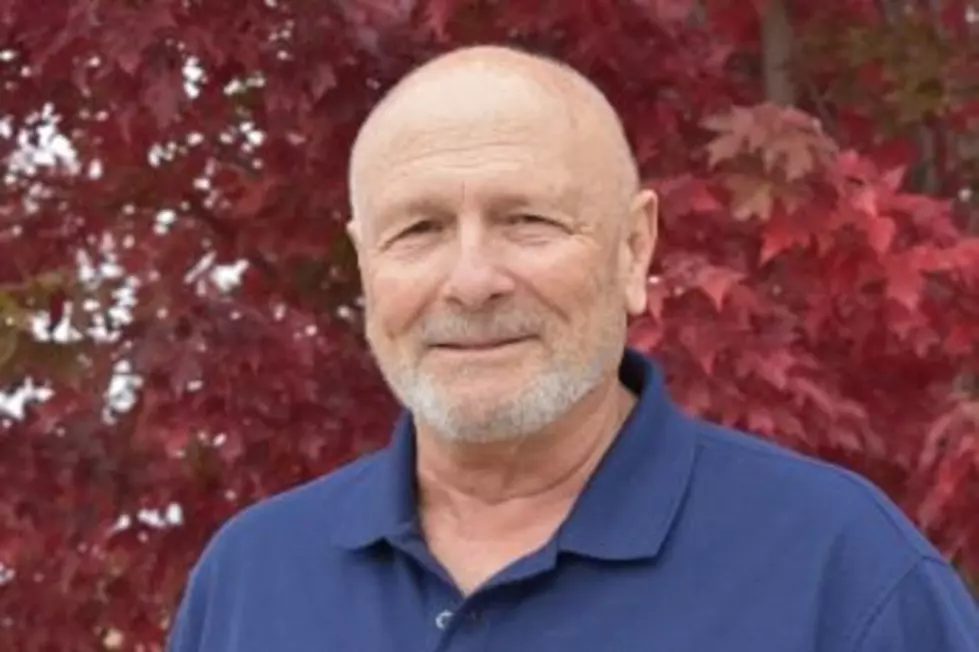
Harmon’s Histories: In Missoula, 1918 flu pandemic brought stories of sacrifice, compassion
“Social distancing” and “flattening the curve” are our mantra as we face the newest worldwide pandemic, COVID-19.
The advice was the same (in so many words) in 1918, at the height of the Spanish flu pandemic, but still by mid-October of that year the number of cases exploded in Missoula and the University of Montana was forced to discontinue classes and place the campus under quarantine.
Initially, there were just over 50 cases reported on campus – the vast majority (49) among members of the newly minted Student Army Training Corp (SATC).
The SATC was created “to allow students to volunteer for the army without unduly depleting enrollment at the nation's colleges and trade schools,” according to university archives.
Section A of the SATC, the collegiate component, numbered 300 and took “regular academic classes along with military training.”
University President Edward O. Sisson said, “Section B, located at Fort Missoula, supplement(ed) their military work with training for general mechanics, auto mechanics, radio operators, blacksmiths, topographical draftsmen and pipefitters.”
The “privates” were paid $30 per month. A tent city was set up just outside Main Hall where the student-soldiers lived and dined together. So much for social distancing.
SATC turned out to be a short-lived program, existing only from “October 1, 1918 (to) December 18, 1918, when the corps was disbanded,” according to UM archives.
The acting sergeant in the SATC, Radcliff Beckwith, was among the first to contract the Spanish flu. He recovered, only to come down with scarlet fever forcing him to spend three weeks in the Northern Pacific Hospital.
On October 18, 1918, President Sisson announced the first death among the quarantined SATC members – Sidney W. Dunbar, a young man from Potomac. Sisson noted, however, that there was gradual improvement among the remaining patients in the influenza ward.
By late November 1918, the Montana Kaimin, the student newspaper, reported the tent-city “ward” was finally being replaced.
“The new $7,000 hospital erected by the State University for the use of the SATC is now completed,” reported the paper. “It is situated southeast of the old science hall and south of the military barracks. There are accommodations for 50 patients.
“The building is 128 feet wide and 90 feet deep, furnished with four wards and an isolation ward. The hospital is modern in every respect having sun porches, a doctor’s office, dentist’s office, drug store, kitchen and numerous bathrooms.”
By end of the year, the number of cases of influenza in Missoula and on campus dropped dramatically and the university reopened in January of 1919.
W.E. Schreiber, who headed up the faculty health committee, reported no new cases as of the third week of January.
“It has not been found necessary thus far to enforce the requests of the faculty health committee as rigidly among the men of the university as among the women, for there are at present no cases of influenza among the men,” said Schreiber.
“The majority of the men were in the SATC. where they learned to take care of themselves. And they are taking care of themselves now for there is not at present any cases of influenza among them,” he continued. “We will enforce the requests among the men as well as among the women when we find it necessary.”
In the end, “15 soldiers died of flu and another died of scarlet fever. Five nurses who volunteered at the camps also died of influenza or complications following the illness,” according to university archives.
Among the returning students in January 1919 was a young woman who wished she had been able to help more directly, but had been physically unable.
Instead, she had spent her time away from classes working as a typist and saved her wages to donate to the United War Work campaign.
The Kaimin quoted her saying, “I hope it will show in a small way that my intentions are good — that I am sorry I have to stand back while others are doing the hard work.
“I could easily have offered my services as housekeeper in some stricken family during the epidemic, as I have had a good deal of experience in that kind of work, but was not able to do anything that would mean my being on my feet all the time.”
Hopefully, we’ll hear positive stories like that of the 1919 co-ed as we practice our “social distancing” and do our part to “flatten the curve” in 2020.
Jim Harmon is a longtime Missoula news broadcaster, now retired, who writes a weekly history column for Missoula Current. You can contact Jim at harmonshistories@gmail.com.
